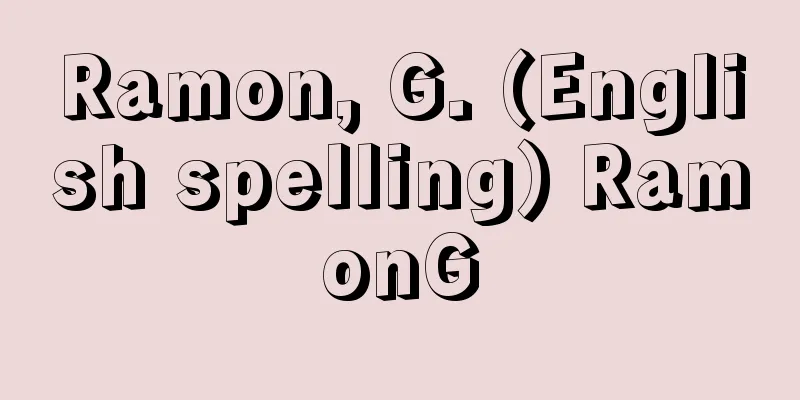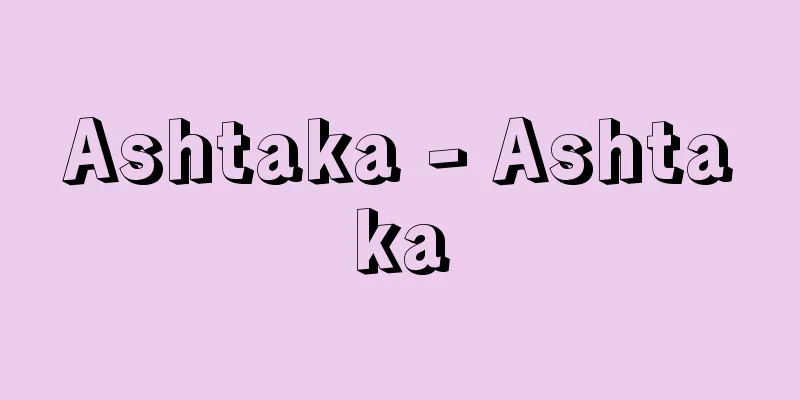Gabled

|
This type of roof has two rectangular surfaces of equal size leaning against each other in a gabled shape, and looks like a book half-open and lying face down. The eaves and ridge are equal in length, and there is no ridge at the base, making it a simpler roof shape than hipped or gabled roofs. This type of roof was used on the raised-floor houses cast from bronze bells and the main hall of Ise Shrine in ancient times, and it has been the most widely used roof style in both the East and the West since the emergence of square-plan buildings with floors on the ground, aside from pit dwellings. In buildings with gabled roofs, the surface parallel to the eaves is called Hira, and the surface at a right angle to it is called Tsuma. Buildings with the main entrance on the Hira side are called Hirairi, and those on the gable side are called Tsumairi. The main hall of Ise Jingu Shrine is a flat entrance, while the main hall of Izumo Taisha Shrine is a gabled entrance. With a gabled roof, the sloping edge of the roof (keraba) appears on the gable side, but there is no eaves, so a building with a gabled entrance needs a canopy above the entrance. This is what is called a kohai (also called gohai or hasigakushi) in shrine and temple architecture. The gabled part is also called hafu, and is often used in design together with the triangular wall (gable wall) below it. In European classical architecture, it is called a pediment, and in addition to straight lines, gables can also be curved or stepped, and sometimes they are called broken pediments, with the top missing and a sculpture or other decoration attached there. Karahafu, chidorihafu, and mukurihafu used on the roofs of the porticoes of large Japanese mansions are also considered to be variations of gable roofs. [Yamada Koichi] [Reference] |©Shogakukan "> Gabled roof (with gabled roof and flat roof) ©Shogakukan "> Main types of gable roofs Source: Shogakukan Encyclopedia Nipponica About Encyclopedia Nipponica Information | Legend |
|
二つの同じ大きさの長方形の平面を合掌形に寄り掛けた屋根形式をいい、あたかも本をなかば開いて伏せたような形である。軒と棟との長さが等しく、隅棟(すみむね)(降り棟)もなく、寄棟(よせむね)、入母屋(いりもや)などに比べ単純な屋根形となる。古く銅鐸(どうたく)に鋳出された高床(たかゆか)家屋や伊勢(いせ)神宮正殿がこの屋根をのせており、竪穴(たてあな)住居はともかく、およそ地上に床を置く方形平面の建物が発生して以来、洋の東西を問わず現在までもっとも多用されてきた屋根形式である。切妻屋根をもつ建物において、軒と平行な面を平(ひら)、それと直角方向の面を妻(つま)とよび、主出入り口が平側にあるものを平入(ひらいり)、妻側にあるものを妻入(つまいり)の建物という。伊勢神宮正殿は平入、出雲(いずも)大社本殿は妻入である。切妻屋根では、妻側には傾斜した屋根の端(螻羽(けらば))が現れるだけで軒はないから、妻入の建物では出入り口の上にひさしを必要とする。これが社寺建築でいう向拝(こうはい)(後拝(ごはい)、階隠(はしがくし)ともいう)である。 螻羽部分はまた破風(はふ)ともよび、その下の三角形の壁(妻壁)とともにしばしば意匠的に取り扱われる。ヨーロッパの古典建築ではペディメントpedimentといい、直線のほか破風を曲線または階段形につくることがあり、ときにはブロークンペディメントbroken pedimentと称して、頂点部分を欠き、そこに彫刻などの装飾物を取り付けることもある。日本の大邸宅などで車寄せの屋根に用いられる唐破風(からはふ)、千鳥破風(ちどりはふ)、起(むく)り破風(はふ)も切妻屋根の変形とみなされる。 [山田幸一] [参照項目] |©Shogakukan"> 切妻(妻入と平入) ©Shogakukan"> 切妻屋根のおもな種類 出典 小学館 日本大百科全書(ニッポニカ)日本大百科全書(ニッポニカ)について 情報 | 凡例 |
Recommend
Saroma [town] - Saroma
A town in Tokoro County in northeastern Hokkaido. ...
Pravaz, CG (English spelling)PravazCG
...When using drugs, professional judgment is req...
Detective - Meakashi
In the Edo period, they were people who worked und...
thymosin
…They come from the bone marrow, reside here, and...
San-fa-si (English spelling)
A Chinese system. Three judicial offices. During t...
Carnival Play (Fastnachtsspiele)
A type of secular comedy unique to German citizens...
Fishery Mutual Aid Insurance Business - gyogyokyousaihokenjigyo
…(3) Fishing Gear Mutual Aid This is a mutual aid...
beat
A lifestyle movement that arose in the 1950s, main...
Nordgren, PH (English spelling)
...In the 16th century, Finland began to compose ...
Seasonal settlement
A settlement formed by farmers, fishermen, nomads,...
Dogen - Dogen
A Soto sect monk in the Kamakura period. Also kno...
Lavinia
… Returning to the land, Aeneas finally reaches L...
United Nations Convention on the Law of the Sea
⇒ United Nations Convention on the Law of the Sea ...
Kanai [town] - Kanai
An old town in the center of Sado Island, Sado Cou...
Cholelithiasis
…Cholelithiasis is classified into gallbladder st...









